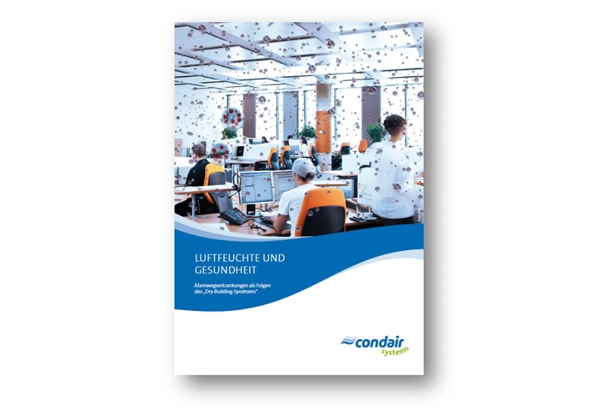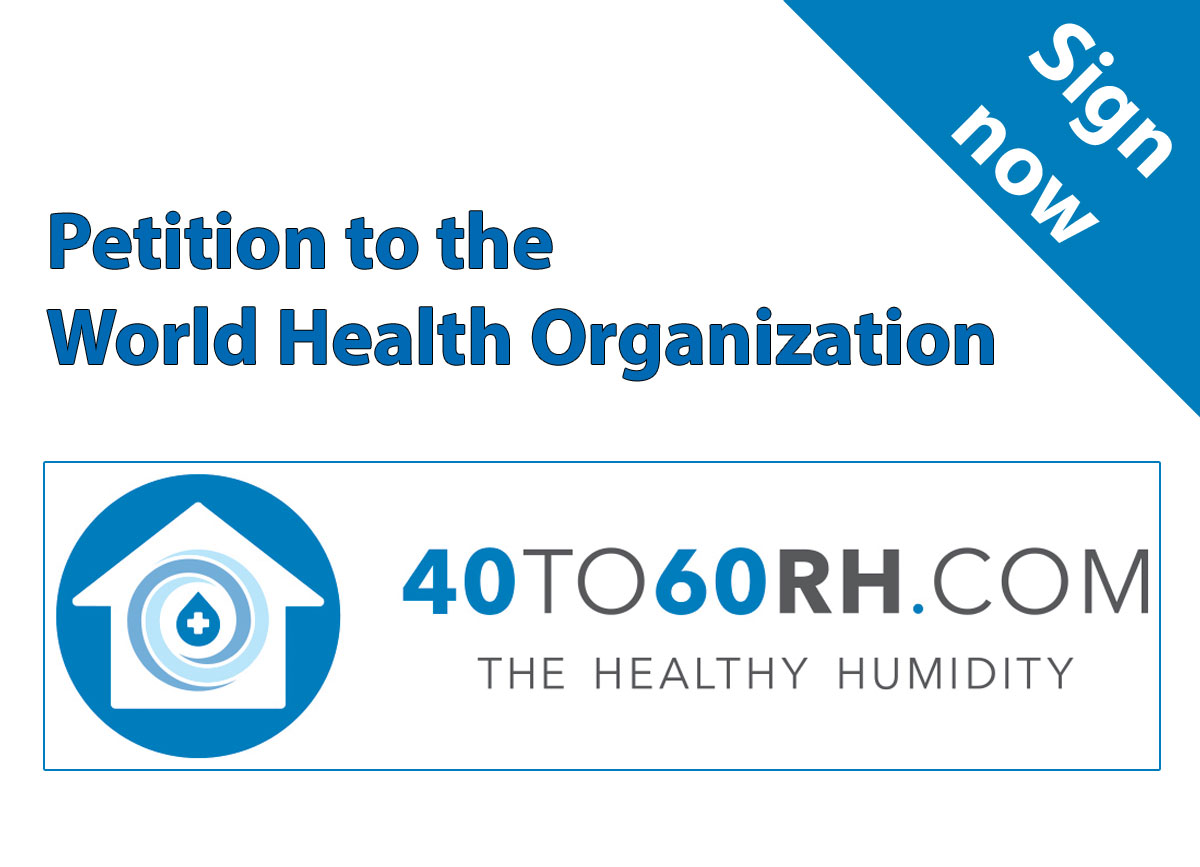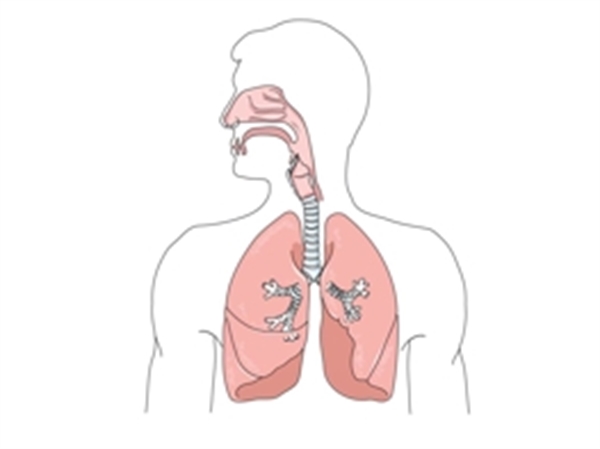April 2020 | DOI: https://www.egi.co.uk/
by Stephanie Taylor
Disease mitigation: it’s what’s on the inside that counts
More attention should be paid to air humidity indoors to help fight diseases including Covid-19, says Dr Stephanie Taylor.
When we discuss air quality and climates, most people immediately think about outdoor conditions. In addition, when assessing the impact or value of a building, we primarily consider real estate values, aesthetic qualities and energy usage.
While environmental impact assessments and health impact assessments are integral parts of UK planning policy, both of these metrics are focused on assessing the impact of real estate planning decisions on outdoor contexts.
In real estate planning policies globally, there is very little consideration of the relationship between the indoor building environment and occupant health – but to what detriment?
The scientific community largely agrees that maintaining mid-range indoor humidity is an effective infection control mechanism for airborne germs and viruses. Yet, taking the steps to make indoor air suitable for the people who inhabit the premises – whether it is a hospital, school or office space – seems thus far to be a move which is low on the priority list for planners and governments alike.
The link between internal environments and physical health
Research has discovered that the quality of indoor environments can have an impact on the spread of disease. To understand this link, we must first understand the role buildings play in enabling bacteria and viruses to not only survive but thrive.
This is linked to the conditions of an indoor environment – determined by temperature, humidity and building materials, which create a microclimate. While the exact temperature and humidity of indoor microclimates depend on individual buildings, the result is independent from outdoor climatic conditions. This difference will be particularly evident in buildings that are well sealed against external draughts – such as new-builds.
On entering a building, people shed approximately 37m bacteria per hour into the surrounding air or onto surfaces they touch. Depending on their use, ventilation and design, each building develops a unique indoor community of microbes, or a microbiome, which adapts to human preferences for indoor temperatures and generally lower relative humidity levels.
This ability of indoor environments to shape the communities of surviving microbes, which then affect occupant health, makes indoor climates powerful drivers of health and disease.
A crucial balancing act
From a disease perspective, the driver of wintertime seasonal illness is not low temperatures, but a lack of humidity in indoor air. The connection with temperature is that when we draw cold, wintertime outdoor air into buildings and heat it up without adding humidification, the indoor relative humidity plummets to dangerously low levels.
Cold air carries little water vapour, so when this outdoor air is drawn indoors and heated, the resulting indoor relative humidity can fall below 20%. This dry air increases the spread of illnesses such as the coronavirus and compromises our ability to fight them.
Many scientific studies have shown that air at a relative humidity (RH) of 40-60% is the optimum level for human health. Indeed, at 50% RH, our immune system operates most effectively, meaning our body is better equipped to fight viruses. Airborne viruses are also deactivated more rapidly in this humidity range, and we know that viruses – such as influenza and coronavirus – survive for longest in dry air that is less than 40% RH.
Yet, it is likely that most public buildings – such as hospitals, schools, care homes and offices – do not meet this minimum humidity threshold. Furthermore, neither real estate planning policy nor employment regulations in the UK stipulate an optimum minimum RH level for such buildings.
Governments do set indoor air quality standards for temperature, fresh air introduction and pollutants. So, setting a minimum indoor humidity level in public buildings should be easily achievable. Setting a minimum for hospitals, offices and other public buildings could not only decrease illness in future pandemics but also reduce the burden of seasonal illness on society and human lives.
In the context of today’s regulations on reducing energy consumption, Covid-19 reminds us that policy is yet to mitigate the negative health implications of largely airtight modern buildings. Thus, we must fight the unintended consequence of worsening acute and chronic illnesses.
To do this, policymakers, planners, architects and developers must understand the powerful influence of indoor environments on occupant health, in addition to the connections between buildings, outdoor climate and energy consumption.
Dr Stephanie Taylor MD M.Arch CIC is a physician and architect







